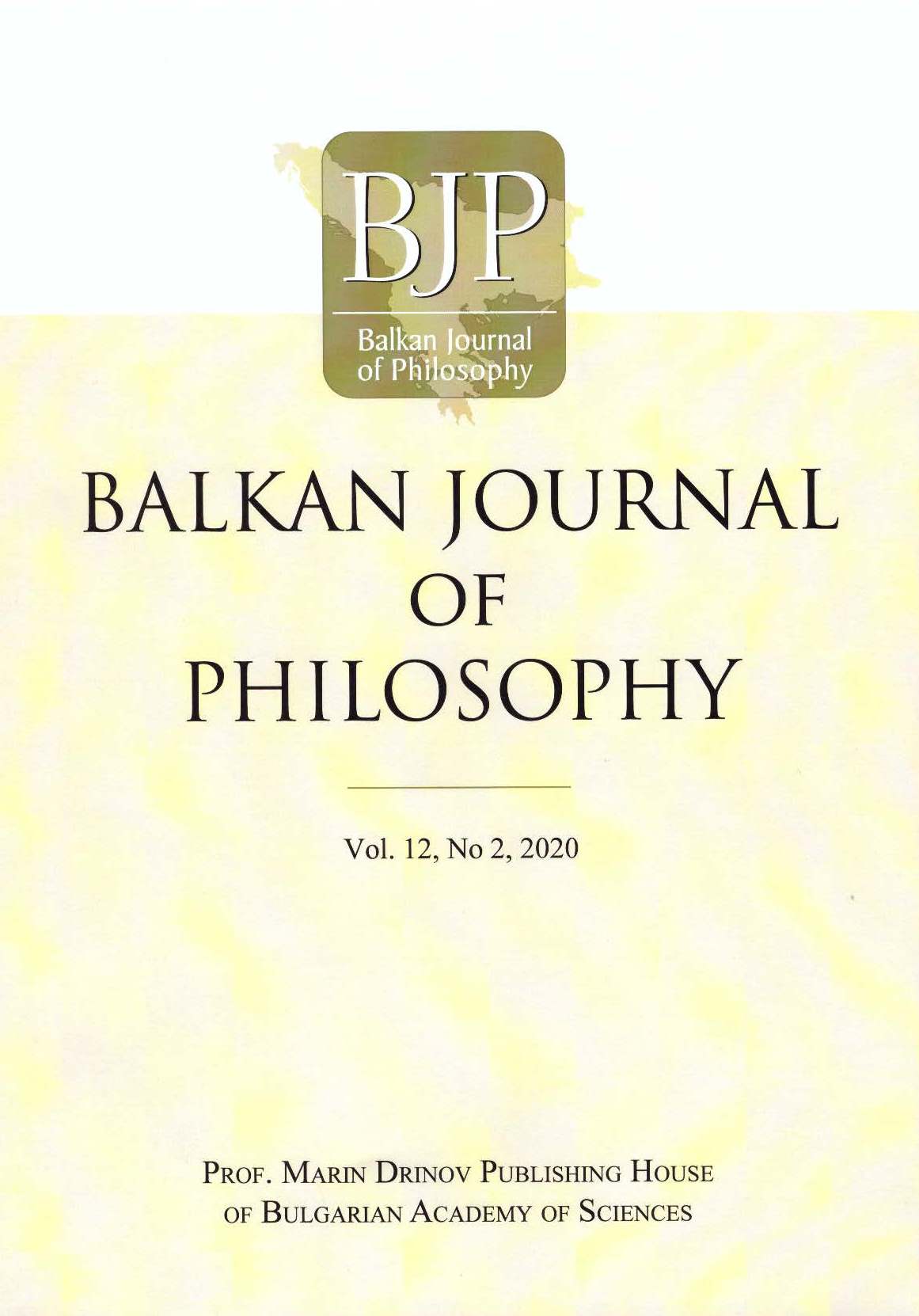Healing the Black Sea’s Patrimony: Hospitals, Health and Heritage. An Argument In Favor Of Creating A Network Of Hospitals-Monument Belonging To The States Across The Black Sea
Healing the Black Sea’s Patrimony: Hospitals, Health and Heritage. An Argument In Favor Of Creating A Network Of Hospitals-Monument Belonging To The States Across The Black Sea
Author(s): Oana ȘerbanSubject(s): Philosophy, Ethics / Practical Philosophy, Special Branches of Philosophy
Published by: Институт по философия и социология при БАН
Keywords: hospitals; monuments; Black Sea; health as a cultural resource; tangible / intangible cultural heritage
Summary/Abstract: The main aim of this paper is to examine the tangible forms of cultural heritage represented by European hospital buildings from states across the Black Sea that are still functional or have been closed, and that are subjected, due to the lack of sustainable financial means for conservation and restoration, to degradation, abandonment, and destruction. For the purpose of this analysis, I will tackle both elements of the operational plan of hospital buildings that have been evaluated and registered as national monuments, from the perspective of their clinical functionality, and the elements of architecture and aesthetic forms behind such structures that embrace medical canons and particularities. Therefore, hospitals will be treated as entities of tangible cultural heritage that develop, through their complementary medical and cultural history, forms of intangible cultural heritage. This wide range of buildings can be reduced to two operational categories: hospital buildings designed from the beginning to fulfil a clinical functionality, and cultural buildings – from ecumenical establishments, castles, or villas, such as hermitages and churches, to military structures, such as garrisons – which have been adapted for historical, social, or political reasons to clinical conversion. I will analyse not only the national constraints, prejudgments, and values that contributed to a certain medical and cultural imaginary of state hospitals as monuments, but also the similar strategies and cultural policies that different states across the Black Sea have adopted in preserving the memory and structure of these buildings. The main question I address is: To what extent is it possible to create a network Black Sea region state hospitals as European cultural monuments, and what advantages might this bring to the attempt to perform a more reflective and inclusive notion of European identity? The current research is designed to be a starting point for the development of transectorial public policies, which could lead to an improvement in standards for quality of life, the infrastructures of medical units, and the preservation of tangible forms of cultural heritage, such as the public state hospitals classified as monuments.
Journal: Balkan Journal of Philosophy
- Issue Year: XII/2020
- Issue No: 2
- Page Range: 125-132
- Page Count: 8
- Language: English
- Content File-PDF

